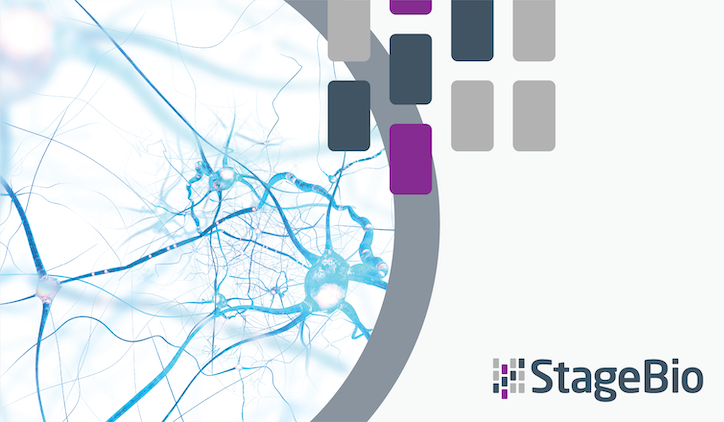Many pathologists do not evaluate sensory ganglia in cynomolgus monkeys (Macaca fascicularis) during nonclinical toxicology investigations. However, data compiled from the laboratory of StageBio Distinguished Pathologist Mark Butt, DVM, DACVP, shows that 12 of 22 studies that included the evaluation of sensory ganglia in cynomolgus monkeys revealed that at least one specimen in each study had autophagy of sensory neurons (ASN).
As noted in “Autophagy of Sensory Neurons in the Trigeminal and Dorsal Root Ganglia of Cynomolgus Monkeys (Macaca fascicularis),” a 2020 article published in Toxicologic Pathology that describes neuronal autophagy in cynomolgus monkeys, characteristics of ASN include:
- A distinct cell membrane
- Cytoplasm with autolysosomes
- Disintegrated nuclear member
- And/or globules of degraded chromatin
Pathologists may often overlook these light microscopic and ultrastructural characteristics of ASN found in trigeminal and dorsal root ganglia. As a result, observed changes in the sensory ganglia may lead to a misdiagnosis of necrosis or degeneration.
Authors of the article, which can be accessed here, include Dr. Mark Butt and Sarah Cramer, DVM, PhD, DACVP, Director of Neuropathology from StageBio. It details historical control data of the rate in which this change occurred in cynomolgus monkeys. Additionally, its findings highlight that ASN in trigeminal and dorsal root ganglia is more common than necrosis and apoptosis, and it is an often-spontaneous finding in cynomolgus monkeys. Pathologists should be made aware of this common change to avoid a faulty misrepresentation that changes in the sensory ganglia are the result of necrosis or degeneration in the test article.
By recognizing morphologic characteristics of ASN in cynomolgus monkeys and understanding the common rate in which this change occurs, pathologists are likely to better record and interpret ASN and its significance in future studies.
Access “Autophagy of Sensory Neurons in the Trigeminal and Dorsal Root Ganglia of Cynomolgus Monkeys (Macaca fascicularis)” to learn the article’s findings.
